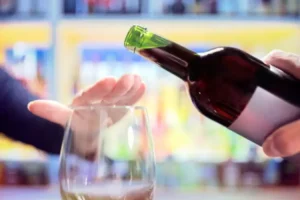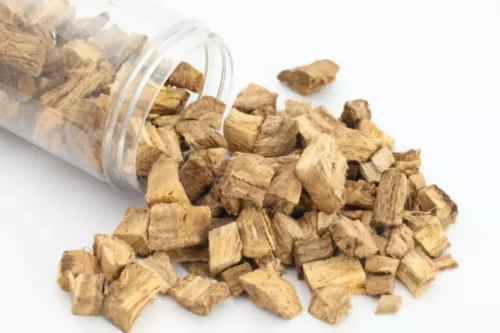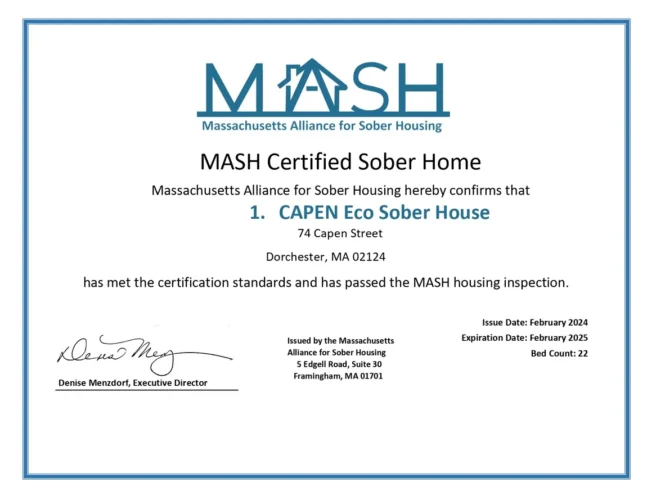
Potassium channels (KCNs) are found in most cell types and control a wide variety of cell functions. KCNs have a K+-selective pore and are sub-classified into 4 classes, either Ca2+-activated (KCNN), K+-activated (KCNA), inwardly rectifying (KCNJ), 2 pore domain channels (KCNK), or Na+-activated (KCNT) (Figure 1f; Table 1). Regulation of K+ flux is critical for setting or resetting the resting membrane potential, thus controlling the sharp action potential of excitable cells.

Tools for precise spatiotemporal control and visualization

For example, in mice, chronic alcohol exposure decreased the excitability of OFC outputs to the DMS [96], and alcohol-induced synaptic plasticity in the OFC has been linked to excessive alcohol use in both mice and monkeys models [97,98]. In addition, using a combination of activity dependent genetic tools and chemogenetic manipulations, a small ensemble of mPFC neurons was shown to serve as a memory to cue induced relapse to alcohol use [99]. Interestingly, like the molecular mechanisms that gate the development of AUD [3], STOP mechanisms also occur on the level of circuitries [100]. Specifically, a subset of infralimbic cortical neurons serve to protect against relapse to alcohol use [100]. Additionally, receptor tyrosine kinases (RTKs) which are activated by growth factors and cytokines play a role in alcohol consumption [60]. For example, alcohol-dependent activation of the anaplastic lymphoma kinase (Alk) in the hippocampus and PFC activates STAT signaling leading to changes in gene expression, and systemic administration of Alk or Stat3 inhibitors attenuates alcohol intake in mice [61,62].
- If applied in the AUD field, researchers could assess transcriptional and translational dynamics of particular systems concomitantly.
- Dopamine neurons also discharge in slower single-impulse pacemaker firing and the rate of this firing appears to determine motivation in resting (inanimate) animals.
- These dual, powerful reinforcing effects help explain why some people drink and why some people use alcohol to excess.
- Drug addiction and alcoholism can be life-threatening and can have terrible impacts on the lives of both the person with the addiction and everyone else they are close to.
Dopamine, behavior, and addiction
In addition, dopamine can affect the neurotransmitter release by the target neurons. Dopamine-containing neurons in the NAc are activated by motivational stimuli, which encourage a person to perform or repeat a behavior. This dopamine release may contribute to the rewarding effects of alcohol and may thereby play a role in promoting alcohol consumption. In contrast to other stimuli, alcohol-related stimuli maintain https://ecosoberhouse.com/ their motivational significance even after repeated alcohol administration, which may contribute to the craving for alcohol observed in alcoholics. Thus, the role of steroid hormones and their interaction with dopamine receptors in mammals requires further investigation. Nicotine self-administration causes burst-firing of dopaminergic neurons [108, 109] and elevates dopamine levels to 150–200% of baseline [110].
Targeting the intracellular signaling ‘STOP’ and ‘GO’ pathways for the treatment of alcohol use disorders

Alcohol-induced changes in brain functions can lead to disordered cognitive functioning, disrupted emotions and behavioral changes. Moreover, these brain changes are important contributing factors to the development of alcohol use disorders, including acute intoxication, long-term misuse and dependence. A one-factor ANOVA with Tukey’s post hoc test was used to compare the average lifetime alcohol intake between cohorts. Two-factor ANOVAs (stimulation intensity and treatment group) were used for the input–output curve experiments examining dopamine release. For the dopamine uptake rate (Vmax) data, two-factor ANOVAs (treatment and brain region) were used. 4, the final quinpirole treatment time points (i.e., after 30 min in quinpirole) were analyzed with a two-factor ANOVA (treatment group and region).
- Furthermore, a genome-wide association study identified PDE4B as a risk factor in elevated alcohol consumption [6,7].
- Together, the studies reviewed earlier illustrate the complexity of AUD, which results from the interaction of the various levels of molecular neuroadaptations in different brain regions and neural circuit changes throughout the brain [127].
- All of them function both individually and interactively as G-protein coupled receptors.
- The study was conducted by[68] and the study found that short alleles were significantly less frequent among AD subjects.
- Underlying the brain changes and neuroadaptations are the reward and stress circuits of the brain.
While dopamine isn’t addictive, it can be helpful to understand the types of activities that can trigger its release. Some of these are good ways to naturally ensure you have sufficient dopamine levels, but some aren’t. Yim H and Gonzales R. Ethanol-induced increases in dopamine extracellular concentration in rat nucleus accumbens are accounted for by increased release and not uptake inhibition. Wernicke’s encephalopathy is an acute, yet potentially reversible, neuropsychiatric disorder caused by a deficiency (or depletion) in thiamine (thiamine pyrophosphate) caused by chronic alcohol use.

ALCOHOL RELATED BRAIN INVOLVEMENT
Even though you can’t be directly addicted to dopamine, you can get addicted to any activity that releases it. In addition to the above, there are countless other dopamine-oriented activities that can lead to major problems and risky behaviors. They can be as big and alcohol and dopamine life-altering as losing your financial savings due to gambling, or as temporary as exercising too much and obtaining a minor injury from overusing parts of your body. Doing these things triggers the release of dopamine, which means they feel good when people do them.
- Alcohol is thus, all pervasive and is in this way is the most dangerous drug known to mankind.
- Moreover, work in non-human primates highlights a role for the prefrontal cortex in reward signaling [26], and human fMRI studies show that prefrontal cortex drives phasic cue responses in the VTA [27, 28].
- The study however found a positive correlation with drinking to cope motives and the Taq1A polymorphism of the DRD2 gene.


